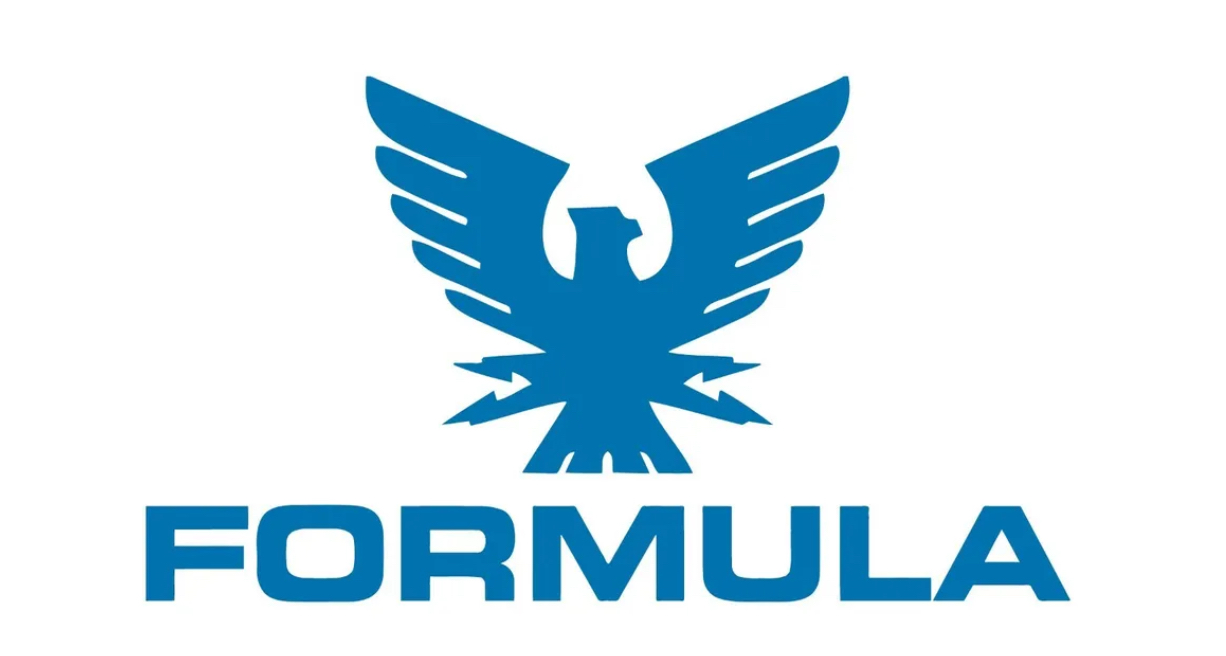FastMarkA
Member
My boat (2017 350CBR) sits in freshwater from about April until October, and right now it doesn't have bottom paint.
I'm told Formula's fiberglass quality *shouldn't* blister, but I'm also a realist, so I'd like to avoid the day when the boat gets hauled out and the hull is littered with bumps.
I have a scuba diver clean every two weeks to keep the growth off.
I'm also aware that this boat might live its next life on a smaller lake or the intercoastal, where access to in-water lifts are more prevalent than what I have in Chicago. For that reason, resale with bottom paint could be tricky.
I guess I have a few questions here:
If I'm going to apply something, I might as well take advantage of the opportunity and use a product that can potentially enhance overall performance instead of hinder it.
I'm told Formula's fiberglass quality *shouldn't* blister, but I'm also a realist, so I'd like to avoid the day when the boat gets hauled out and the hull is littered with bumps.
I have a scuba diver clean every two weeks to keep the growth off.
I'm also aware that this boat might live its next life on a smaller lake or the intercoastal, where access to in-water lifts are more prevalent than what I have in Chicago. For that reason, resale with bottom paint could be tricky.
I guess I have a few questions here:
- If you were buying this boat, would you want it painted or just as the factory delivered it?
- If you have a Formula that blistered, I'd love to hear the backstory.
- Have you ever used/applied Zyrex?
- Any other strong recommendations for a barrier coat and/or bottom paint?
If I'm going to apply something, I might as well take advantage of the opportunity and use a product that can potentially enhance overall performance instead of hinder it.




